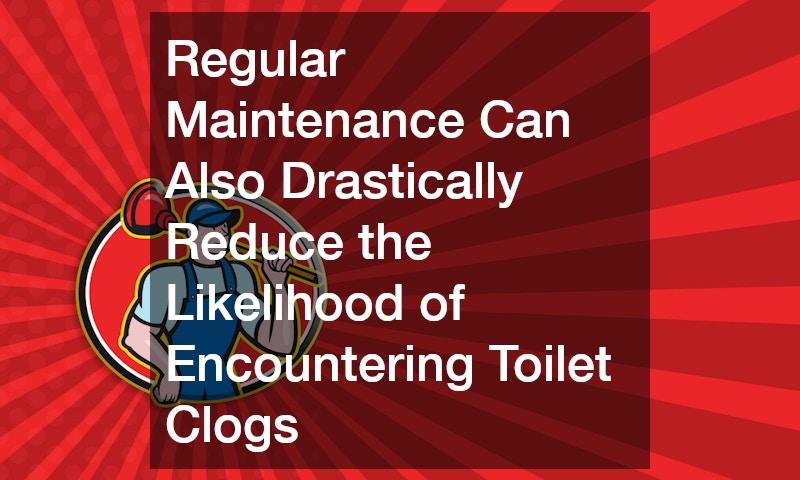
Clogged toilets are a common household issue, often caused by an assortment of factors. Understanding the root cause is the first step towards effective resolution.
Common culprits include excessive toilet paper use, foreign objects, or a malfunctioning plumbing system.
One of the most overlooked causes of a clogged toilet is the flushing of non-flushable items. Items like wipes, feminine products, and even certain types of tissue paper can lead to severe blockages. It’s essential to educate all household members about what can and can’t be flushed down the toilet.
While clogs can happen to anyone, regular maintenance and careful usage can significantly reduce the frequency. Simple practices like routine cleaning and inspections will help in identifying potential threats before they become fully fledged problems. By taking preventive measures, you can avoid the inconvenience and expense of frequent clogs.
Immediate Steps to Take When Facing a Clogged Toilet
When you encounter a clogged toilet, it’s crucial to remain calm and act promptly. The first step is to stop using the toilet immediately to prevent overflow. Ensure that no one else uses the bathroom until the clog is addressed.
Next, assess the situation to determine if it requires professional intervention or if a bit of do-it-yourself plumbing will suffice. For minor clogs, traditional tools like a plunger might do the trick. Make sure to have a good quality plunger at home; it’s an invaluable tool for handling unclogging tasks instantly.
If the water level threatens to overflow, turn off the water supply to the toilet. The shut-off valve is typically found behind the toilet base on the wall. Taking this precautionary step can prevent further water damage while you work on the clog.
Tools and Techniques to Unclog Your Toilet
Having the right tools on hand can make a significant difference when you find yourself dealing with a clogged toilet. Besides a sturdy plunger, a toilet auger can also be an effective tool in tackling stubborn clogs. Toilet augers are designed specifically to navigate through the bends of a toilet trap.
Once equipped, you can try using the plunger. Ensure a tight seal by placing the plunger over the toilet hole and pushing down steadily before pulling it out sharply. Repeat this action several times, as the pressure created can dislodge the clog.
If the plunger doesn’t work, introduce the toilet auger as a secondary measure. Carefully inserting the auger into the toilet bowl can help reach deeper clogs that a plunger can’t access. These techniques, when applied correctly, are generally effective at resolving most clogs.
When to Call a Professional Plumber
While DIY methods can be successful, certain situations necessitate the expertise of a professional plumber. If efforts using a plunger and auger prove unsuccessful after multiple attempts, it’s likely time for a more advanced diagnosis. Persistent clogs may suggest a larger plumbing issue, such as tree roots intruding on the pipes.
Regular plumbing issues can be symptoms of more significant problems, like a damaged or aged sewage system. Ignoring these signs could lead to extensive damage and costly repairs in the future. A professional plumber will have the tools and expertise to assess and resolve such complex issues effectively.
In the long run, seeking professional help can save you from the frustrations and potential damage of repeated clogs. Plumbers can also provide guidance on preventive measures to help you manage your household plumbing system efficiently. Don’t hesitate to reach out to an expert when necessary—it may save you both time and money.
Preventative Measures to Avoid Future Clogs
Prevention is always better than cure, and that holds true for your household plumbing as well. One of the easiest preventative steps is adopting proper flushing habits; avoid flushing anything other than toilet paper and human waste. Educate everyone in the household about these practices to prevent accidentally causing a clog.
Regular maintenance can also drastically reduce the likelihood of encountering toilet clogs. Scheduling periodic checks with a professional plumber can help catch potential problems before they escalate. Implementing a regular cleaning routine that includes the use of safe, environmentally-friendly products is also beneficial.
Lastly, be mindful of your plumbing system’s age and condition. Old pipes might require more frequent inspections and potential upgrades to remain functional. By understanding and acting on these preventative measures, you can enjoy a smoothly running plumbing system and avoid the hassle of clogged toilets.


